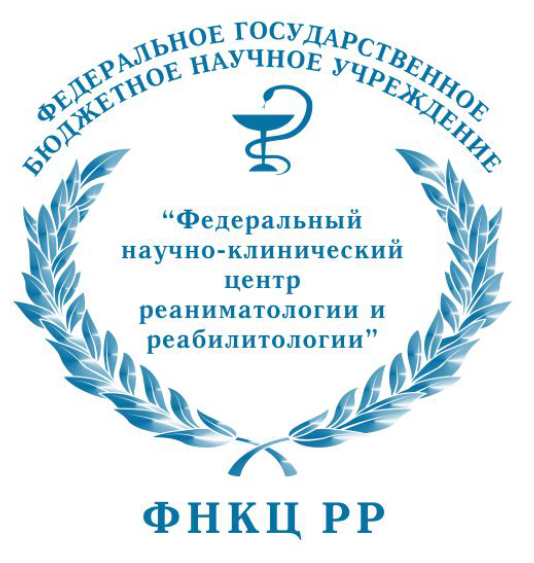
|
ИСТИНА |
Войти в систему Регистрация |
ФНКЦ РР |
||
Analytical capabilities of the diatomic quantum defect theoryдоклад на конференции
- Авторы: Likharev A.S., Pazyuk E.A., Stolyarov A.V.
- Международная Конференция : INTERNATIONAL SCHOOL AND CONFERENCE "CURRENT CHALLENGES IN CHEMICAL PHYSICS AND THEORETICAL CHEMISTRY" - CHALLENGES 2024
- Даты проведения конференции: 1-5 июля 2024
- Дата доклада: 3 июля 2024
- Тип доклада: Приглашенный
- Докладчик: Stolyarov A.V.
- Место проведения: Московская область, пансионат "Клязьма", Россия
-
Аннотация доклада:
Analytical properties of the quantum defect theory (QDT) in modelling the structure and dynamics of atomic Rydberg’s states within the experimental accuracy are well-known [1]. The propagation of the QDT framework into diatomic molecules [2] has overcame a inevitable breakdown of the Born-Oppenheimer (BO) approximation for highly excited molecular rovibronic states in a vicinity of ionization threshold. The original QDT concept is found to be very useful in solving the particular quantum-chemical problems such as constructing effective core potentials (ECP), core polarization potentials (CPP) and diffusive atomic basis suitable for Rydberg’s electronic states. Furthermore, the QDT modelling is naturally complementary to conventional multi-electron calculations based on a variation principle since the QDT reliability is expected to be generally increased as the electronic excitation and angular momentum of Rydberg’s electron increase. The effective quantum numbers νi(R) and quantum-defect function μlΛ(R) internuclear distance R, determining all key properties of the diatomic QDT machinery, could be derived from the BO potential energy curves UBO(R) ab initio calculated for the n-th lowest members of the molecular nlΛ Rydberg’s series: 1 μlΛ = n − νi; νi = q2(UBO − UBO) + nlΛ Alternatively, the μlΛ values corresponding to the high angular momentum l states can be esti- mated analytically by using of the ab initio polarization potential for the molecular cation. The unique behaviour of the Rydberg electronic wave function inside and outside of a core region provides the amazing analytical capabilities of the QDT. Within the framework of single-channel QDT approximation the closed expressions were invented, for instance, for radial Bij , angular L±ij and electronic coupling matrix elements [3] between Rydberg’s diatomic states Bij = dμlΛ/dR; L±ij = sin(π(νi − νj))ql(l + 1) − |Λ|(|Λ| ± 1) νj − νi νi − νj along with their adiabatic corrections and regular non-adiabatic energy shifts [4]. These formulae havebeenimplementedforthelowest3Σ+u and3Πustatesofmolecularhydrogenisotopomers.A fraction contribution of the embedded continuum Rydberg’s states into both adiabatic correction and non-adiabatic shifts was established. The modelling QDT results are thorough compared with their ab initio and experimental counterparts available in a literature. Funding The work is supported by the Russian Science Foundation (RSF) grant No.23-13-00207.
- Добавил в систему: Столяров Андрей Владиславович
Прикрепленные файлы
| № | Имя | Описание | Имя файла | Размер | Добавлен |
|---|---|---|---|---|---|
| 1. | Презентация | Summer_school_03_07_24_v1.pdf | 2,6 МБ | 4 июля 2024 [avstol] |